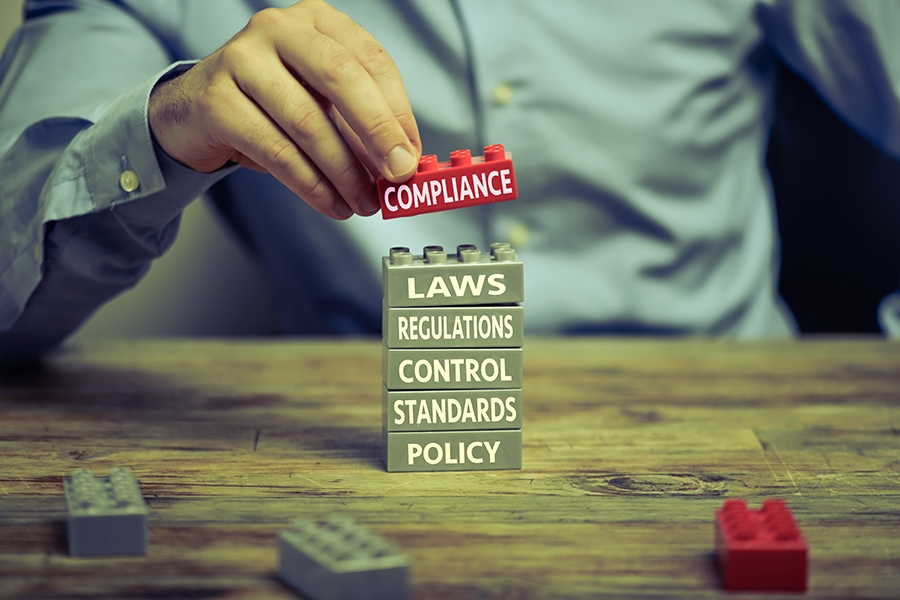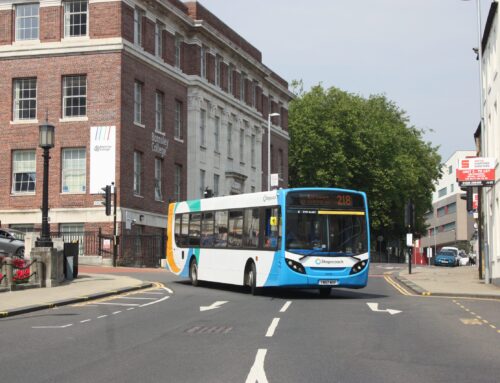A variety of organisations across the public and private sectors have come together due to the COVID-19 pandemic. Essential drivers are part of a vital infrastructure that is keeping the country running, whether they are working for emergency services, public transport or food delivery.
Duty of care – your drivers
At a time of emergency an intense pressure can be put on those who drive for work. Working extended hours may become more common, as drivers’ hours regulations have been temporarily relaxed for key workers. Then there is the stress factor of being part of the country’s frontline battle against COVID-19. Such stresses and anxieties may lead to detrimental driving behaviours such as speeding or using drugs to stay awake, if drivers feel under particular pressure to undertake work quickly or to work longer hours than usual.
For organisations whose drivers are not key workers, there are mental health issues to consider. Drivers who have been furloughed, for example, could be experiencing particular anxieties in relation to finances and long-term job security.
But throughout, the duty of care which organisations hold towards drivers, and other road users, remains unchanged. All employers have a responsibility to protect the health of their employees, including their mental health and wellbeing.
Protect your drivers’ wellbeing
A few different elements can work together to help protect drivers’ wellbeing during the pandemic and beyond:
The onboarding processes for taking on new drivers should be as robust as they would be under normal circumstances, checking licences and competencies accordingly. Driving a van or any specialist vehicle is difficult at the best of times so when businesses are working to capacity, as many are now, it’s even more important that these employees have the right training. Drivers should be properly familiarised with the vehicles they are going to be using.
Driver Training
It is permissible and possible to deliver driver training for key workers. Where it is not possible to induct drivers as comprehensively as normal, plans should be made to complete this training after lockdown has eased.
If multiple drivers are using the same vehicle, then in-depth cleaning between shifts is clearly more important than ever before, both in order to mitigate the risk of infection but also to put drivers’ minds at ease. Many businesses are now implementing robust sanitisation policies which they intend to be a permanent fixture, even after COVID-19.
Managing Driver Fatigue
Meanwhile, fatigue management procedures should be both thorough and thoughtful. Building a strong culture around openness and communication can encourage drivers to speak up when they are feeling stress and anxiety – and this applies as much to furloughed drivers as to key workers. Indeed, drivers who are returning to work after a period of furlough may need particular support in terms of wellbeing, especially if they are returning to a workplace which looks very different to before.
Free COVID-19 Transport Toolkit
We have created a series of resources to help fleet operators and business owners navigate the new challenges wrought by the COVID-19 pandemic. Click here to access our COVID-19 Transport Toolkit.






